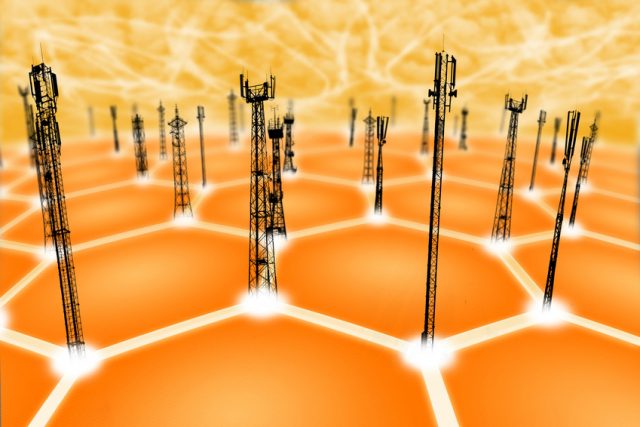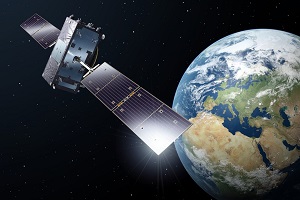Modules are the critical component in B2B solutions. Critical because the cost of replacing a faulty module is prohibitively expensive in many if not most solutions. The quality bar has therefore to be set as high as possible in order to enable long lifetimes and meet the standards set by demanding market sectors. Smart meter solutions, for example, will typically stay in place for 5, 10, 15 or more years and the automotive industry evaluates new technologies for years before adopting them.
Less obvious is the need to future proof solutions against changes in cellular networks. Right now 2G and 2.5G are the air interfaces of choice for many applications, video surveillance being one obvious exception. The average B2B solution does not need high-speed transmission. Applications only send small amounts of data at regular intervals, so the speed is irrelevant. So why do so many modules employ an additional 3G air interface and why are products having HSPA (High Speed Packet Access) interfaces coming to the marketplace?
There are two key reasons. The first is the possibility that some mobile operators in some markets will encourage / enforce a switch from 2G to 3G for M2M traffic in order to release spectrum.
For example, AT&T is already advising its M2M customers to begin considering 3G modules for their applications. This is in stark contrast to T-Mobile’s stated intent to stay with 2G, so a crunch looks likely if the former’s acquisition of the latter goes through.
It’s not clear if and when this development will happen, and if it does in what geographic markets, but if an additional 3G interface is in place then a shipping solution is already future proofed. The second reason is the fact that a module having multiple interfaces can be used for a wide range of different applications. This speeds up the design process and reduces the need to stock lots of different products.
HSPA/HSPA+ is currently used in dongles and the technology is also being embedded in some notebook PCs. Data rates are significantly higher than those of 3G and apart from professional video surveillance the relevance of this air interface will mainly come from the B2C sector. However, the same rationale for including this interface at this early stage is the same, i.e. a module having 2.5G, 3G and 3.5G interfaces is future proofed and it can accommodate future applications.
Multi-service gateways
The automotive sector has been implementing various innovative M2M applications, e.g. telematic solutions that monitor performance and driver behavior and pay-as-you-drive solutions that provide cost-effective insurance. High-data rates are not required for these applications, but broadband wireless modules are being installed in vehicles at the high-end of the market in order to enable infotainment services. Therefore it makes sense for solution providers to employ modules having multiple air interfaces now in order to anticipate the development of new services that do require high data rates. Thus, these modules function as multi-service gateways.
Backwards compatibility
Applications also need to be future-proofed against the introduction of new modules that employ the latest chipset generation. In a nutshell, customers want to reap all the benefits that accrue from the latest technology without having to redesign their solutions. This means that the module vendor must maintain the original product specification while at the same time enabling those technology benefits. Therefore, from the customers’ perspective the only thing that changes is the enhanced performance. They can use the same module with the same software over many years even though the chipsets inside the module might change.
Raising the ubiquitous coverage bar
There is another air interface issue, namely the frequencies that are employed: they are different in different geographic markets. Therefore Telit has introduced the HE910, a five-band HSPA+ module that combines high transfer rates with ubiquitous coverage, the latter coming via support for quad band 2.5G and EDGE (aka 2.75G). It can therefore be used in any 3G network worldwide without the need for regional variants.
The universal application warrants business scalability and is a strong asset for vendors who want to market their solutions worldwide. These features eliminate the need for individual country versions and different part numbers for different frequency allocations. In addition, it is a significant benefit for end users whose portable devices require worldwide coverage.










